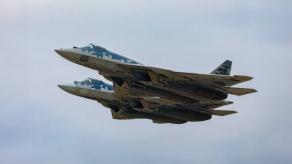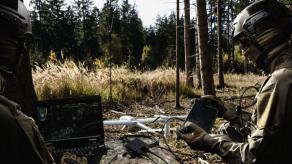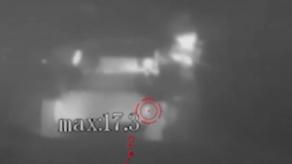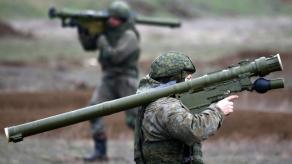Maintaining stable communication in battlefield conditions remains one of the pivotal issues for the development of military ground robotic systems. Answering the call, the Ukrainian company Bravo Dynamics presented its solution to the problem — a mesh connection system named Phantom, Defense Express reports.
During the presentation, the developers said their system does not need any aerial vehicle to carry a signal repeater, which is easily detected by the enemy. Instead, it relies on a mesh network of ground-based nodes that provide data exchange between the unmanned platform and its operator. The product was designed specifically for ground robotic systems mindful of their unique features, in contrast to other existing solutions that were initially developed for air drones.
Read more: Ukrainian HIMERA Presents Repeaters With Mesh Network and Frequency Hopping (Video)

The Phantom 3.0 version, slated to be ready to enter service by the end of 2025, supports up to five connection nodes in one group, is resistant to jamming and natural interference, and features adaptive FHSS. The creators stress on its modularity and ease of integration into existing platforms. Among other specifications expected by the end of development is the maximum data transmission range of 80 km and frequency range of 150 MHz to 1.6 GHz.
Defense Express notes that the very idea of the startup, if fully implemented, can prove extremely useful, as maintaining stable communication with UGVs on the frontline remains one of the biggest challenges for the operators of such systems.
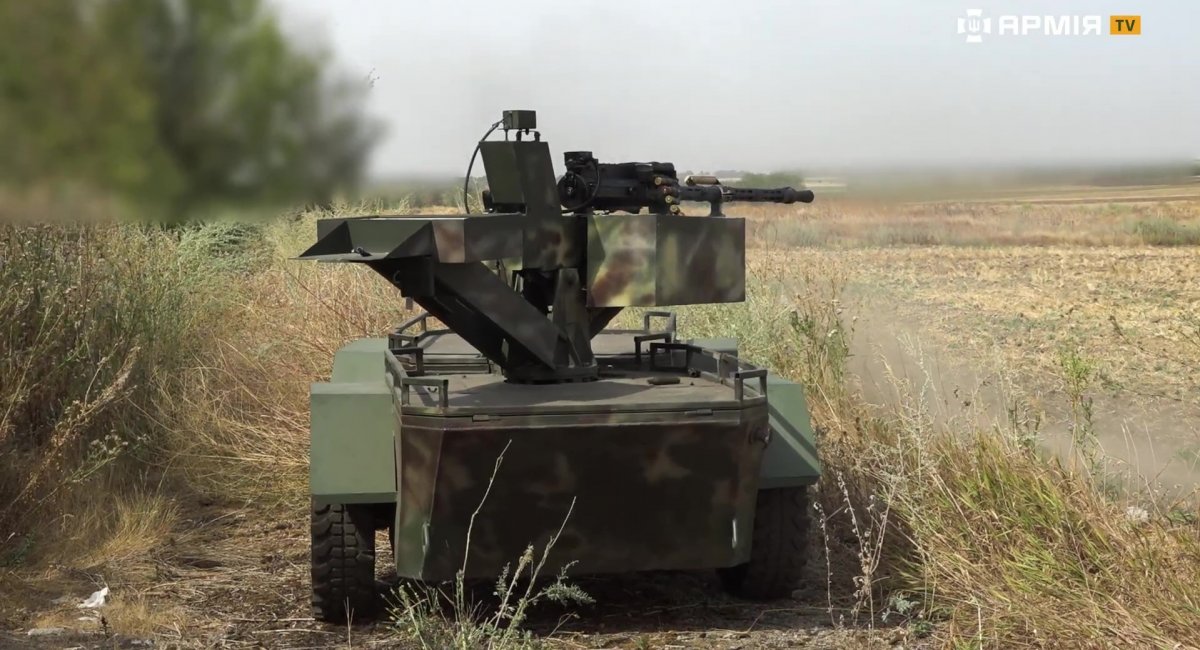
Bravo Dynamics says they have already entered into a partnership contract with drone makers Dwarf Engineering, and a letter of intent has been signed with other trailblazers of this domain, the KB Vepryk and Roboneers. State military tech cluster Brave1 evaluated ground robotic systems equipped with previous versions of the Phantom, and 90% of the tests were declared successful.
For the record, the first iterations of this communication system appeared in the summer of 2024, with the first systems sold for $25,000 later in fall. Then, in early 2025, the mesh system underwent frontline testing and evaluation by Brave1 — the technology was redesigned to better meet the needs of the users, thus evolving into Phantom 1.5.
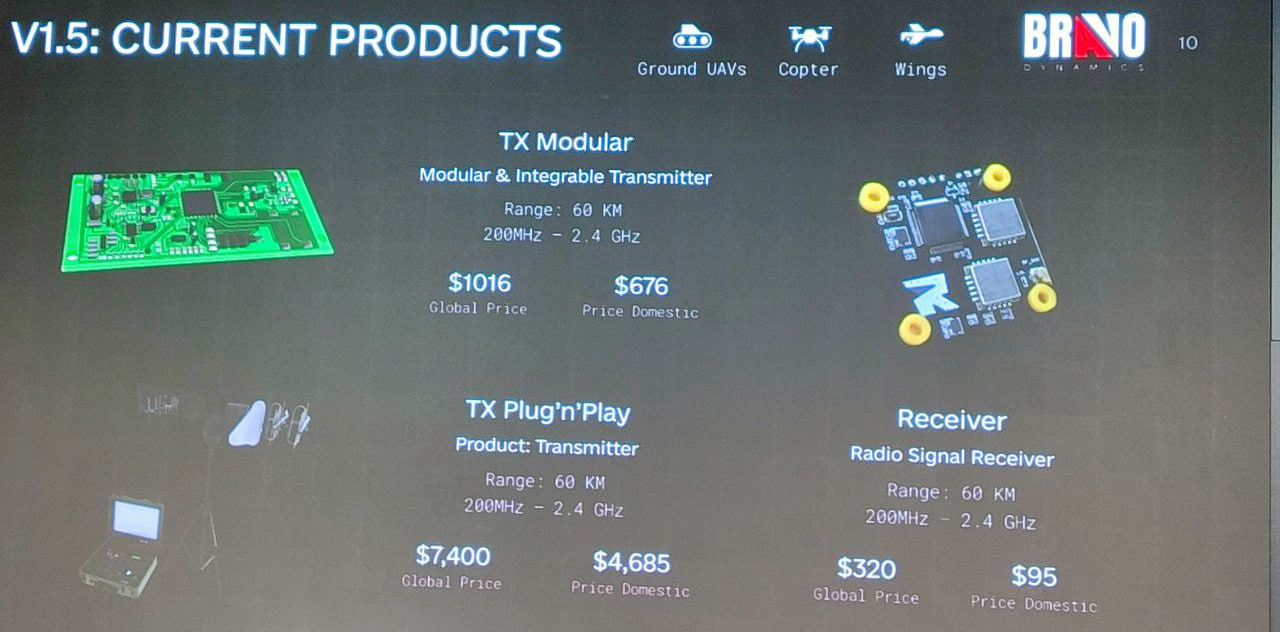
Currently, the company is finalizing the Phantom 2.0 that can already support up to 3 devices. It should be ready by the end of this summer.
As the system is in constant development, the creators cannot say what kind of turn the technology will take in the next loop of its evolution. Furthermore, UGVs are on the rise and increasingly often appear on the Ukrainian battlefield, gaining new features and capabilities, so they need appropriate solutions catering to their unique tasks and traits.
All in all, the niche is open to innovation but technologies like the Phantom have yet to live up to their promises in real combat conditions. That will prove the biggest challenge, even though this project has so far been effective in its existing versions.
Read more: Ukrainian Bulava System Is Now in Use, Challenges russian Lancet Drone








